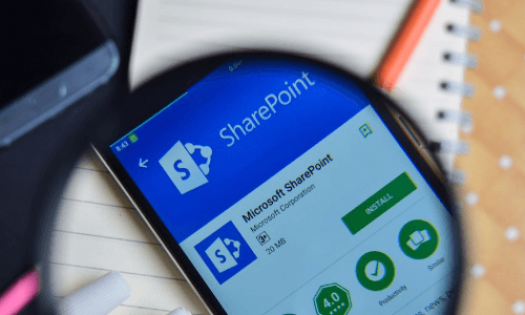
Whether you are working in an office or working from home, efficient data sharing and collaboration is driving today’s business. New technologies enable digital collaboration, making it easier for teams to share information and manage projects, irrespective of the location. However, to maximize returns on any digital collaboration strategy, you have to have the right collaboration infrastructure which stems from digital transformation.
Digital transformation is the result of people applying the right technology to achieve new levels of efficiency and performance. With digital transformation, team collaboration moves out of meeting rooms and into the virtual workspace using the latest communications tools.
Consumerization of the Work Environment
When the experts talk about digital transformation, they are referring to using technology to transform their business in fundamental ways, including how employees work. To prepare for future success an organization must have the technology in place to be able to adapt to changing business conditions. According to Gartner, 30 percent of companies will achieve a competitive advantage with digitalization, including “boosting employee engagement and agility through consumerization of the work environment” using a digital workspace.
The digital workspace is a unifying platform that enables employees to manage and organize their work. In brief, it’s a digital version of their real-world workplace, focusing on three very important Cs: communication, collaboration and control (not micromanagement) that lie at the crux of remote teams.
Communication

Effective communication is the foundation of digital collaboration.
For years, businesses have relied on email and shared files as their primary means of communication. With the “consumerization of the work environment,” workers are adapting the same social media and real-time communications tools they use at home for collaboration at work.
Where email used to be the primary form of intraoffice interaction, the digital workspace adds instant messaging, chat, microblogging, mobile communications, and other tools to make communication more efficient.
The digital workspace platform should offer tools for effective collaboration beyond IM and chat. When creating a digital workspace, consider including resources such as:
- Centralized directories – Having central directors with listings of team members, including their areas of responsibility and the best ways to reach them, breaks down barriers to collaboration.
- Organization charts – Organizational hierarchies complement corporate directories, making it easier to find the right personnel to answer questions or provide authorizations.
- Profile data and project links – In addition to people, collaboration relies on shared projects. Using project management software and establishing workflows makes it easier for everyone to work together toward common goals.
- Shared calendar – A shared calendaring system makes it easier to coordinate meetings and conference calls and maintain ongoing communication.
To promote a collaboration culture, communication tools such as news boards, wikis, social media, and virtual events are also deployed.
Collaboration

Effective communication is only the first step in digital collaboration. The digital workspace also should enable information sharing and offer team resources by providing collaboration tools:
- Document management – Having a central document management system makes it easier to find and share digital information. It also provides control over documents so they can be used as part of a workflow and only authorized team members have access.
- Task Management – Task management software centralizes control over projects and provides a single tool to monitor and control who has responsibility for specific tasks and task status.
- Portals – Employee portals provide a single interface to share information, tasks, news, calendars, and other information.
- Dashboards – Operational dashboards provide you the view of the digital workplace. Dashboards make it easy to organize your work, including prioritizing activities and contacts, tracking events, managing information, and more from a single interface.
Specific resources for teams also enable more direct collaboration. With a digital workspace in place, you can take advantage of team rooms, web conferencing, message boards, wikis, and other collaboration tools. You also can benefit from crowdsourcing, engaging with coworkers for ideation, polling for research, creating intranet forums, or even serving as a virtual watercooler.
Control

Open communications and sharing information are vital for collaboration, but without controls in place, they also could lead to chaos.
Business process management (BPM) tools allow you to create, manage, and analyze business processes. BPM serves as the system controls for business processes to provide control over ongoing tasks, data access, workflows, and other business operations. BPM tools also provide control over collaborative processes.
When considering control tools like BPM software, think about the kinds of checks and balances you need to streamline digital collaboration. For example, controls need to promote transparency so you can identify potential bottlenecks or points of failure. Control systems need to be auditable for compliance, as well as providing analytics. Controls also need to enable security, providing the means to monitor processes and authorize access to systems and information.
When digital collaboration is successfully implemented, everyone’s job becomes easier. The right digital workspace can facilitate teamwork, providing a single platform such as People1 with all the features to support communication, collaboration, and control.
Discover how PeopleOne can transform your organization
Request a DemoHR and Comms Guide: How to Turn Your Intranet into a Highly Engaged and Productive Platform
Download Ebook





